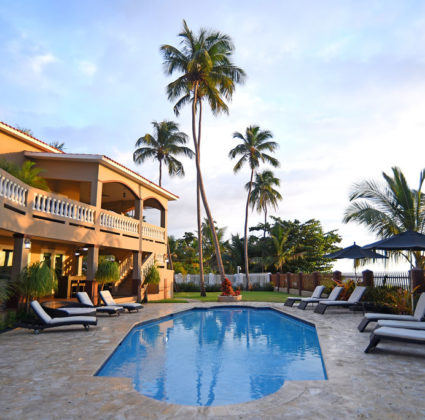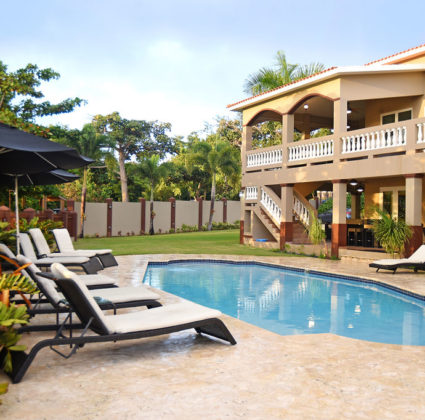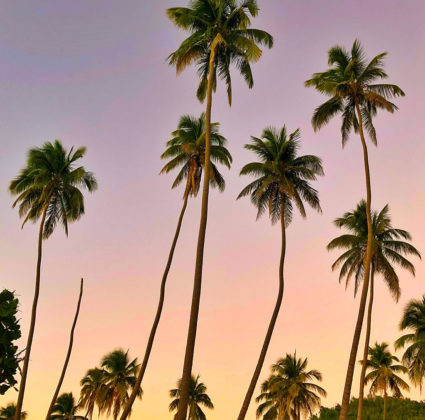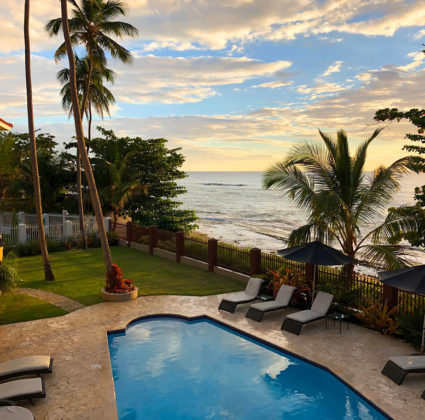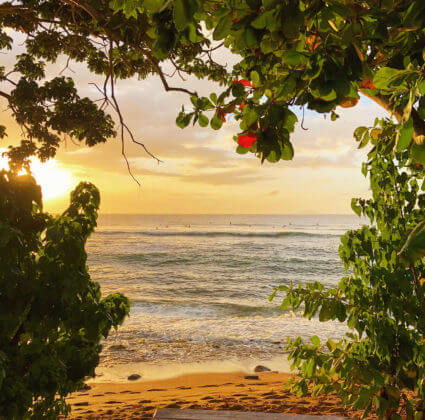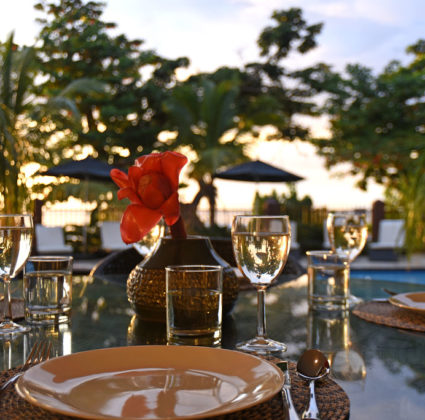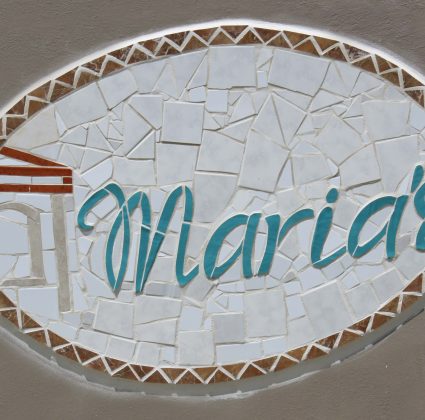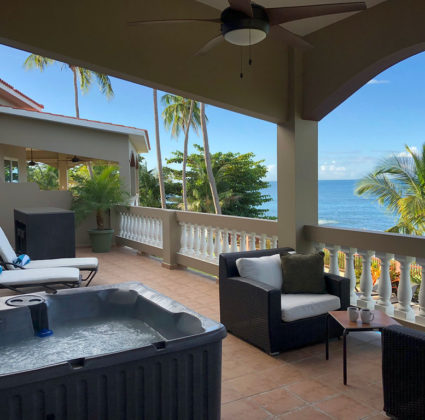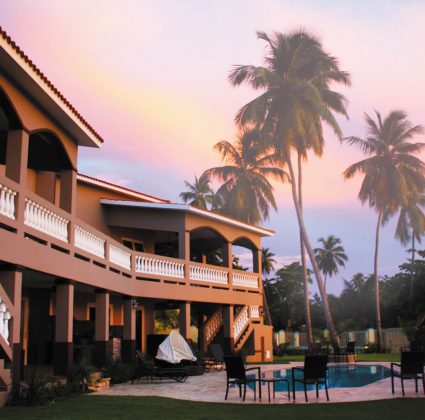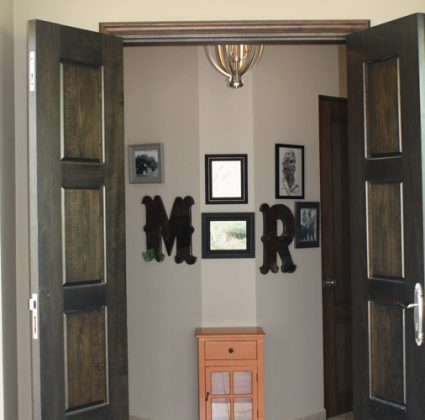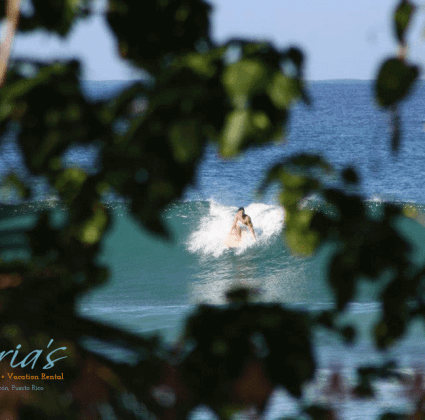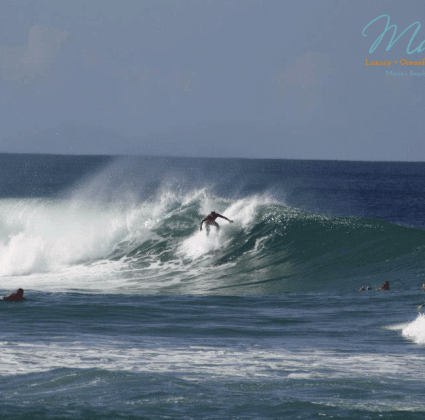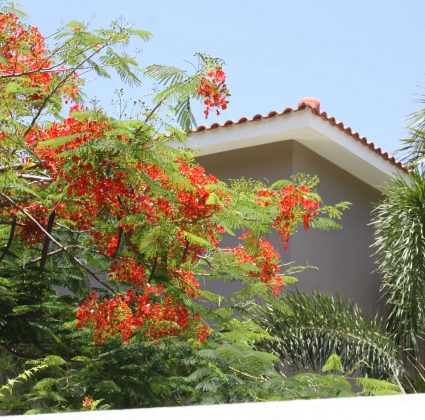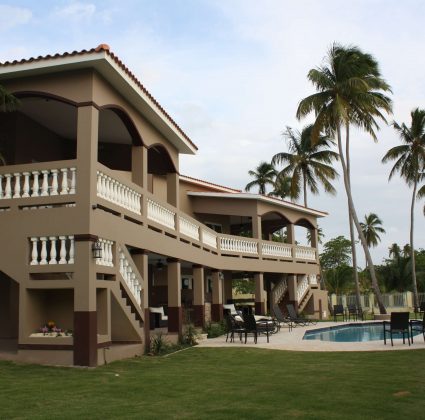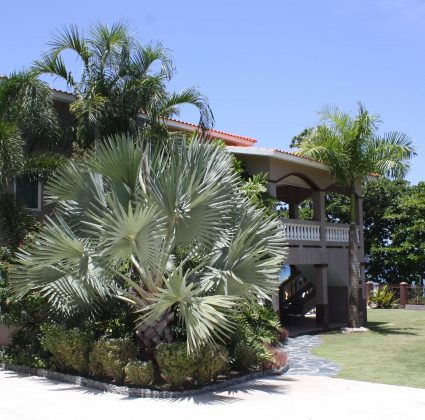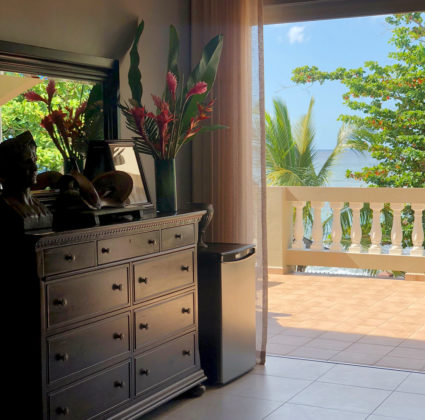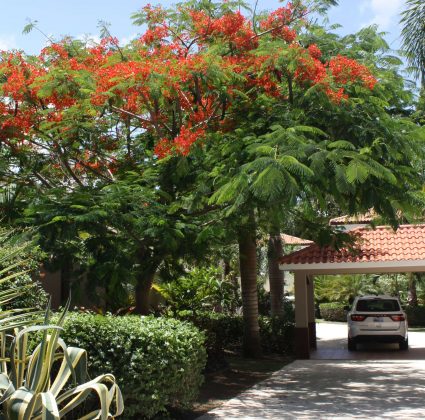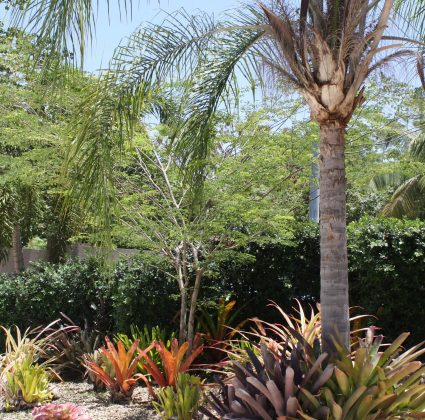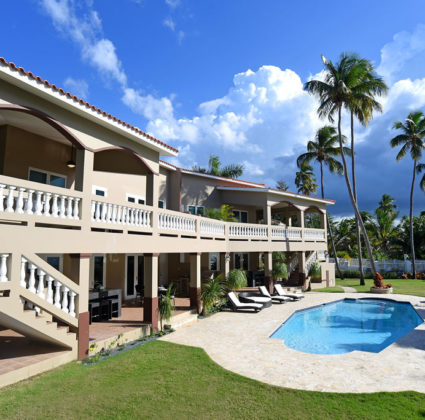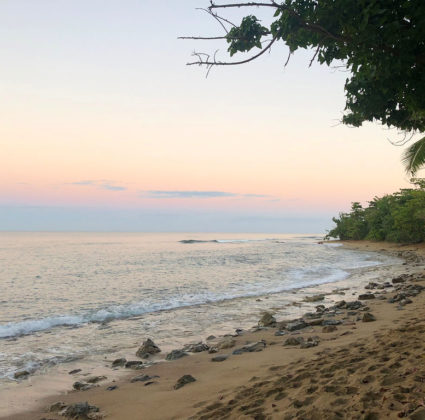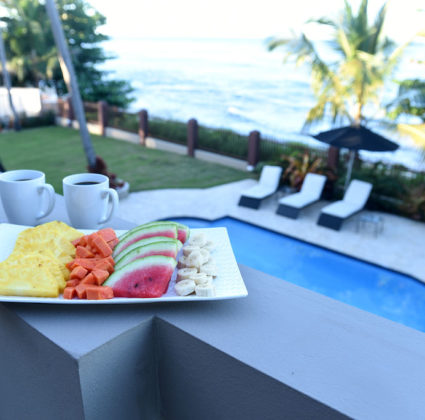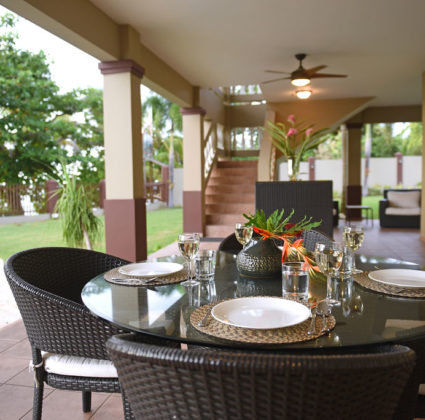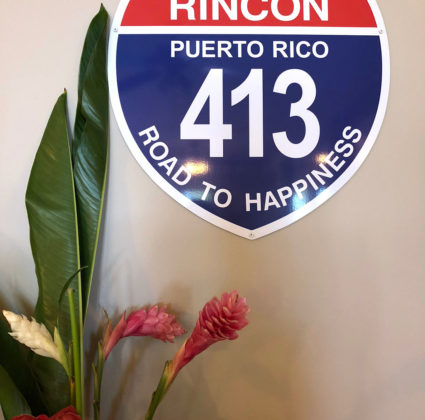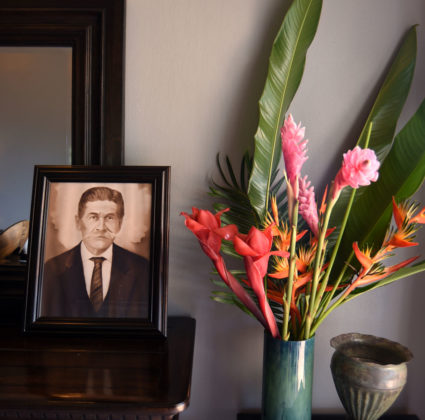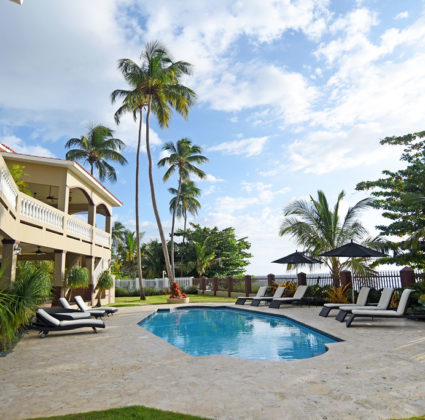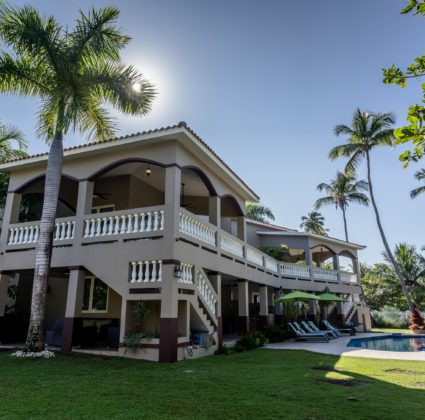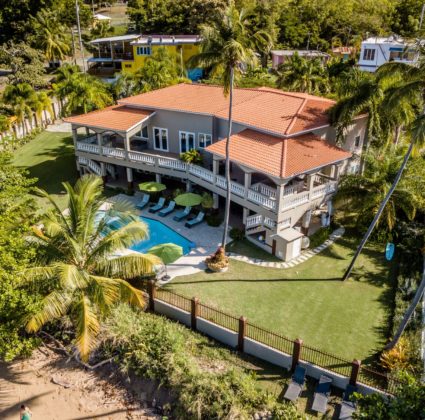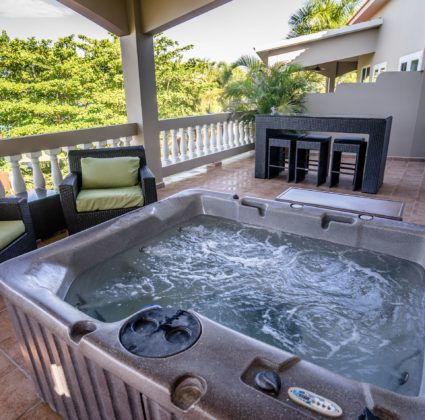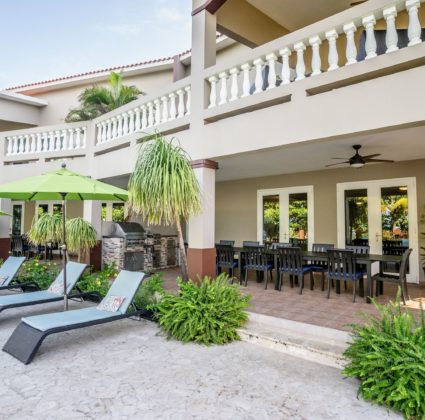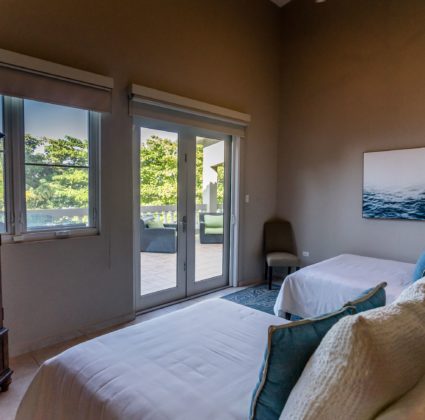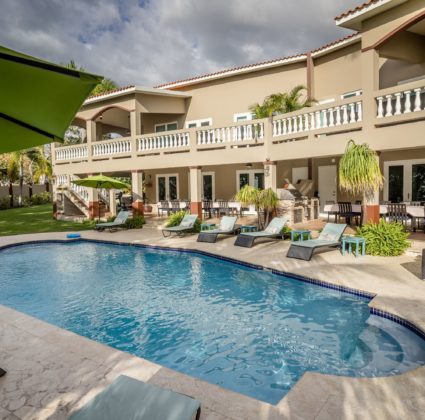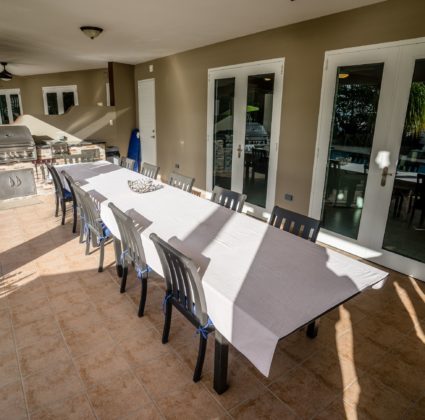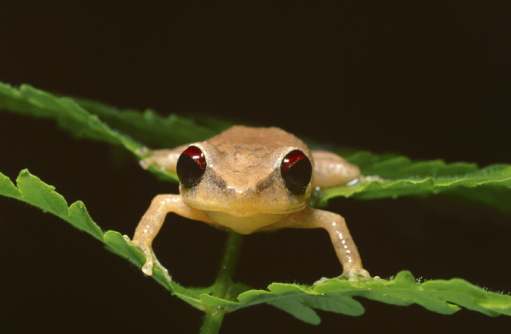 If you love exotic fauna and you’re planning to visit beautiful Puerto Rico, you may want to learn about a Puerto Rican national treasure – the coquí. This diminutive tree frog is only one to two inches long and weighs a mere two to four ounces, but its distinctive voice can be heard all over Puerto Rico!
If you love exotic fauna and you’re planning to visit beautiful Puerto Rico, you may want to learn about a Puerto Rican national treasure – the coquí. This diminutive tree frog is only one to two inches long and weighs a mere two to four ounces, but its distinctive voice can be heard all over Puerto Rico!
According to the National Wildlife Federation (NWF), the name “coquí“ itself comes from the call produced by the male frog, used to attract mates and repel other males. The NWF said “choruses of male coquís, which are beloved throughout Puerto Rico, can be heard from dusk until dawn all over the island.” The female coquí does not have a call, so when people hear the little frog’s loud nighttime serenade, they are only hearing from approximately one-half of the coquí population in Puerto Rico.
If you wish to spot a coquí while vacationing in Puerto Rico, you’ll have to look closely in spite of their abundance. As mentioned before, the frog is very tiny. The colors of the coquí are generally muted shades of brown, yellow or green, so they tend to blend in well with the vegetation and landscape. Most enjoy spending the evening in the top of the forest, and finding shelter on the ground at dawn. They are found in forests, gardens, greenhouses, under rocks, and under logs. They scale the forest with their feet, their toe pads allowing them to cling and climb.
The coquí is one of the most common types of frog in Puerto Rico. There are 17 different species within the commonwealth, with 13 of the species living in the Caribbean National Forest. Throughout the world, there are 700 different species. New species of coquí have been discovered as recently as 2005, with the finding of the plains coquí, which are only found in Toa Baja, Puerto Rico. This type is considered an endangered species.
If you do see a coquí on your journey, it will likely be the common coquí, a plentiful species inhabiting the entire Puerto Rican island – it is estimated that there are nearly 20,000 frogs per hectare on the island. The common coquí enjoys a steady diet of bugs such as ants, spiders, moths and crickets, but also occasionally lunches on snails, smaller frogs and eggs from their own clutch. They reproduce over the entire year, with one female laying up to 240 eggs per year. Unlike most frogs, they are never tadpoles.
When you visit Puerto Rico, you may hear locals express their national pride by saying, “Soy de aquí como el coquí,” which means, “I’m as Puerto Rican as a coquí.” Many islanders have adopted the little frog as the unofficial symbol of the commonwealth. If you’d like to get up close to the coquí population for yourself, why not stay with us at Maria’s, an 8-bedroom oceanfront villa located on Maria’s Beach. We are luxuriously appointed and have all the amenities you need to make us your vacation destination.
When you’re ready to come face to face with the fauna of Puerto Rico – including our tiny friend, the coquí – we’re ready to help! Our booking is done through Twin Palms, Maria’s rental and onsite management. Please visit our booking page on this website to view the availability of Maria’s and fill out our convenient contact form. If you have any additional questions regarding Maria’s, you may call Twin Palms at 787-685-6648 (español: 787-449-3673).
